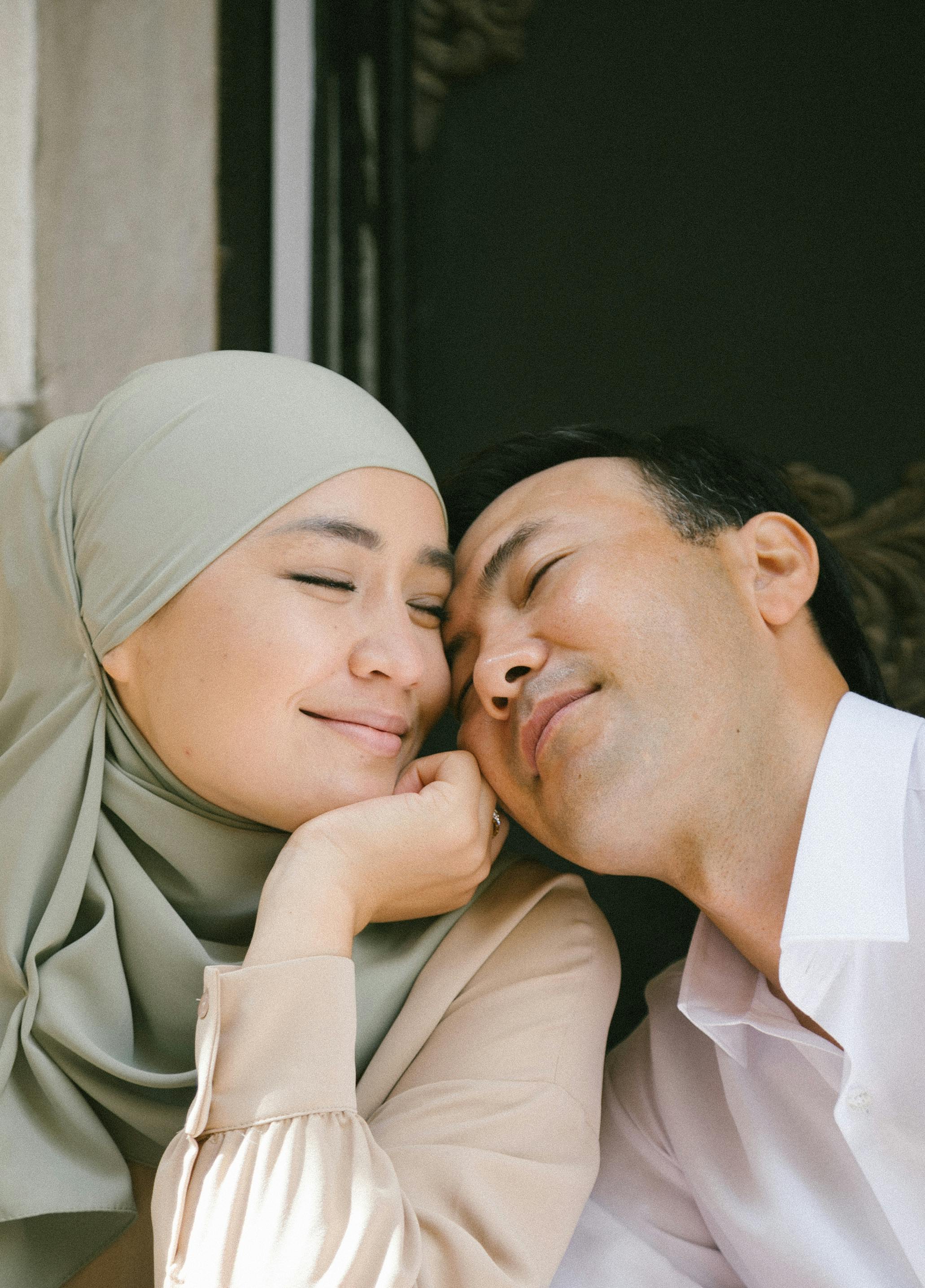Philippine customs for marriage
From pre-colonial indigenous rituals https://www.quora.com/Who-do-you-trust-more-instinctively-men-or-women to Catholic, Chinese, and Islamist cultures, Philippine bride customs are a lovely fusion of native and foreign influences. However, despite having different cultural backgrounds, love and commitment is a common concept in Filipino wedding festivities.

A traditional Filipino wedding, such as the pamanhikan, in which the groom’s family pays the bride a visit to formally ask for her hand in marriage, was an extravaganza of folk rituals much before Spain colonized the Philippines. A babaylan did love the couple on the first day while holding their joined arms over a tray of wheat. After that, the handful went back to their orchard and enjoyed a delicious feast there until the next time.
Most people in the Philippines also practice pamanhikan customs today, but they do so with a more contemporary flair. To the babaylan’s home, the bride and groom may remain led on separate parades while frequently carrying foodstuff or flower products. The couple likely then kiss and hug each other as the babaylan prays over the corn cebuanas disk.
The newlyweds will normally get a kalamay shower( a tray of sticky wheat sweets) from their friends during the reception. The grain serves as a reminder of their vow to remain united throughout their marriage. Additionally, it serves as a means of expressing gratitude to their loved ones and friends for their assistance with the marriage holidays.
The newlyweds will then typically dance during the money dance, also known as” the dollar dance.” The bride and groom’s friends and family gather in sherengas during this time to waltz with them while having bills pinned or taped to their attire. The sum of income raised represents their gifts and well wishes for the honeymooners.